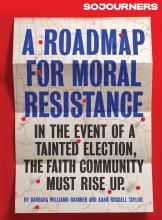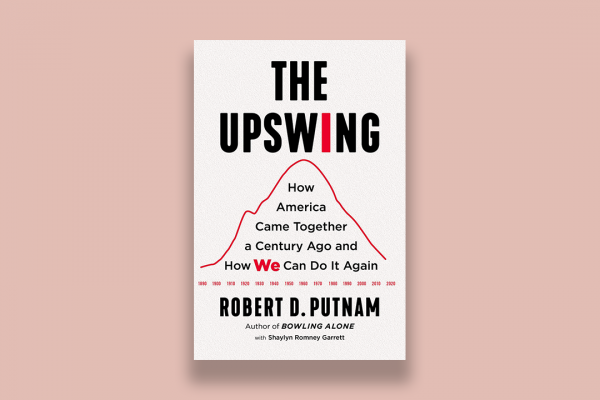IN THIS TIME of pandemic and sheltering in place, we all feel the need for community. We self-isolate to guard the health of ourselves and our friends—shunning our neighbors is, paradoxically, loving them. This cultural conundrum suits our individualistic age, and the story of how we came to this rampant individualism is told in The Upswing: How America Came Together a Century Ago and How We Can Do It Again, by Robert D. Putnam and Shaylyn Romney Garrett.
Putnam made his name 20 years ago with Bowling Alone, diagnosing America’s shrinking sense of community since the ’60s. He propagated the concept of “social capital” to name the value of our connections, to quantify our losses. Now, in The Upswing, he takes the story back further and speaks in simpler terms of “I” and “we.”
Read the Full Article

